Code
HCS24019
Weight
4.5 gm / 0.01 lbs
Size
Height
72cm (28") Width
18cm (7") Depth
14cm (6") Material
Wooden
Availability
Available
Date Added
2021-06-11 02:25:06
Note : We used to sell this product 4 years ago so it may no longer be in our stock.
It is possible that we still have it with our suppliers but the price could be different from before.
Feel free to order. We will verify availability and inform you promptly.
It is possible that we still have it with our suppliers but the price could be different from before.
Feel free to order. We will verify availability and inform you promptly.

Safe Payment
We accept Paypal, Money Transfer, Bank Transfer
Confidence
Protection covers your purchase and personal data.
Worldwide Delivery
We ship Worldwide, except Russia.Shipping cost US$25.2 for upto 0.5 kgs

Hotline
Talk to help line for your question on 9841267335Antique Finishing
This is an antique patina-finished [large], Wooden [pine] Phurba Of Citipati, Skull, [antique Finishing]. This is not an antique statue. It is just an antique patina finish. This [large], Wooden [pine] Phurba Of Citipati, Skull, [antique Finishing] is a testament to the artisan's mastery of the art of aging. Its antique patina has been meticulously crafted to give the appearance of an aged statue, showcasing the artist's unique techniques and skills. Through undisclosed processes and careful aging treatments, the [large], Wooden [pine] Phurba Of Citipati, Skull, [antique Finishing] undergoes a transformation that captures the essence of time and history. Read More . . .
This is an antique patina-finished [large], Wooden [pine] Phurba Of Citipati, Skull, [antique Finishing]. This is not an antique statue. It is just an antique patina finish. This [large], Wooden [pine] Phurba Of Citipati, Skull, [antique Finishing] is a testament to the artisan's mastery of the art of aging. Its antique patina has been meticulously crafted to give the appearance of an aged statue, showcasing the artist's unique techniques and skills. Through undisclosed processes and careful aging treatments, the [large], Wooden [pine] Phurba Of Citipati, Skull, [antique Finishing] undergoes a transformation that captures the essence of time and history. Read More . . .
Phurba : Iconographic
The kīla(nail) or phurba is a three-sided peg, stake, knife, or nail like ritual implement traditionally associated with Indo-Tibetan Buddhism, The kīla is associated with the meditational deity Vajrakīla or Vajrakīlaya Read More . . .
The kīla(nail) or phurba is a three-sided peg, stake, knife, or nail like ritual implement traditionally associated with Indo-Tibetan Buddhism, The kīla is associated with the meditational deity Vajrakīla or Vajrakīlaya Read More . . .
Brief Introduction :
In Tibetan Buddhism, the Citipati, or "Lords of the Cemetery" are two mythological Buddhist ascetics, who were so deep in their meditation, they were caught unawares by a thief and beheaded even before they knew they were dead. As a symbol, the Citipati represents the eternal dance of death and perfect awareness. They are usually depicted as a male/female pair of intertwined skeletons caught up in an ecstatic dance. The dance of the Citipati is commemorated twice annually in Tibet with ritual dances. The Citipati are invoked as 'wrathful deities, benevolent protectors who appear as fierce beings with a demonic appearance.
Iconography :The Citipati are two skeletons, one of a man and the other of a woman, represented with arms and legs interlaced, dancing the Tsam dance. They are considered to be masters of the cemetery. The Citipati are one of the seventy-five forms of Mahakala and are visible reminders of the impermanence of everything worldly. Their mouths are parted in a large grin, showing all their teeth. Each wears a long scarf. According to a Northern Buddhist legend, the Citipati were, in a former existence, two ascetics who were once lost in such deep meditation that they did not notice that a thief had cut off their heads and thrown them in the dust. Since that time they have been ferocious enemies of thieves, having vowed eternal vengeance. This legend is somewhat similar to that of Yama. In the cemetery, the Citipati are supposed to perform a skeleton ritual dance during which they blow the Tibetan long horns. In most monasteries the dance, symbolic of the cycle of life and death, is performed in the monastery cemetery once in summer and once in winter by monks wearing masks.


![[large], Wooden [pine] Phurba Of Citipati, Skull, [antique Finishing]](https://handicraftseller.com/uploads/pics/product/thumb/2021/06/24019_1.jpg)
![[large], Wooden [pine] Phurba Of Citipati, Skull, [antique Finishing]](https://handicraftseller.com/uploads/pics/product/thumb/2021/06/24019_2.jpg)
![[large], Wooden [pine] Phurba Of Citipati, Skull, [antique Finishing]](https://handicraftseller.com/uploads/pics/product/thumb/2021/06/24019_3.jpg)
![[large], Wooden [pine] Phurba Of Citipati, Skull, [antique Finishing]](https://handicraftseller.com/uploads/pics/product/thumb/2021/06/24019_4.jpg)
![[large], Wooden [pine] Phurba Of Citipati, Skull, [antique Finishing]](https://handicraftseller.com/uploads/pics/product/thumb/2021/06/24019_5.jpg)
![[large], Wooden [pine] Phurba Of Citipati, Skull, [antique Finishing]](https://handicraftseller.com/uploads/pics/product/thumb/2021/06/24019.jpg)
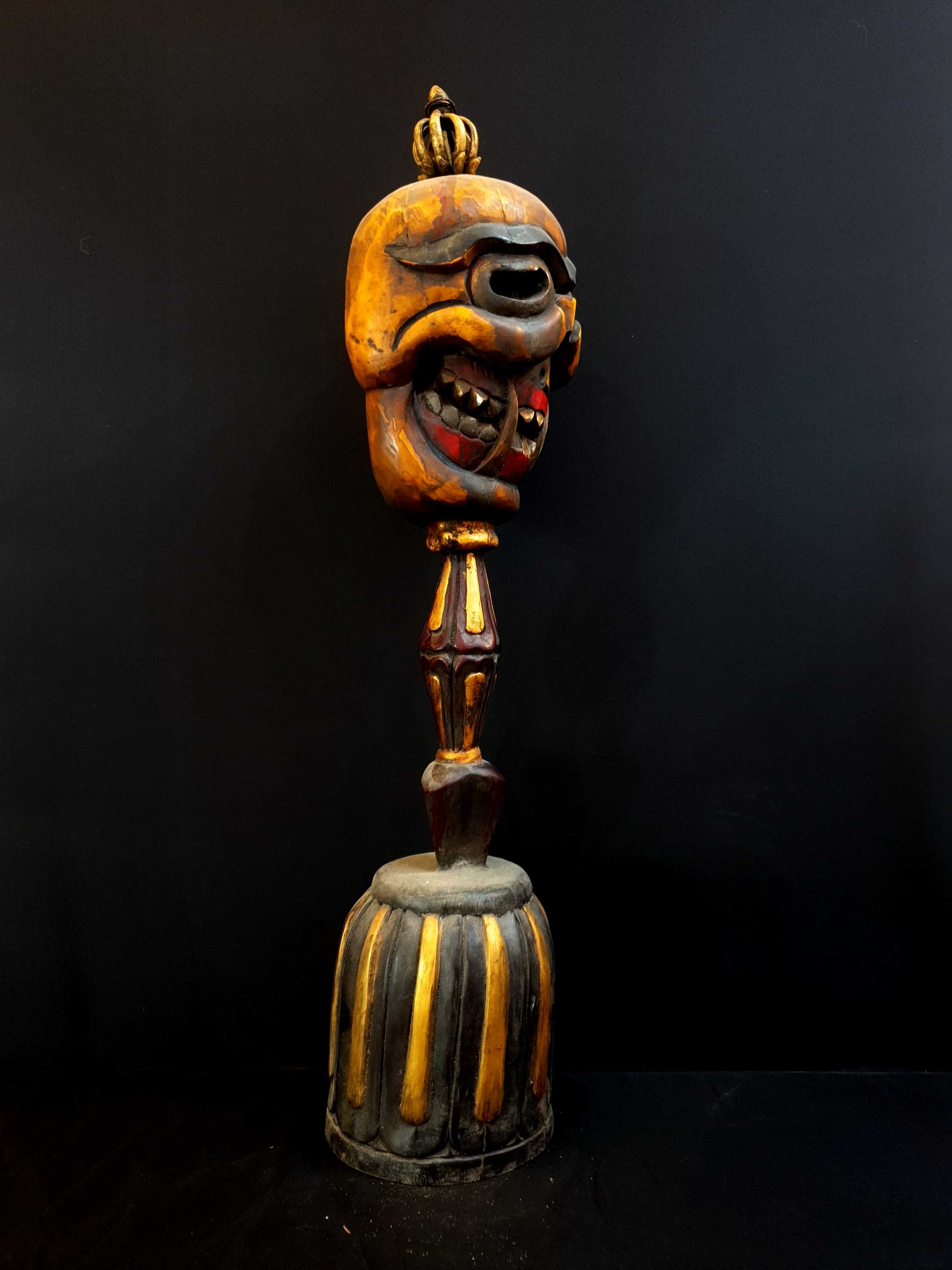
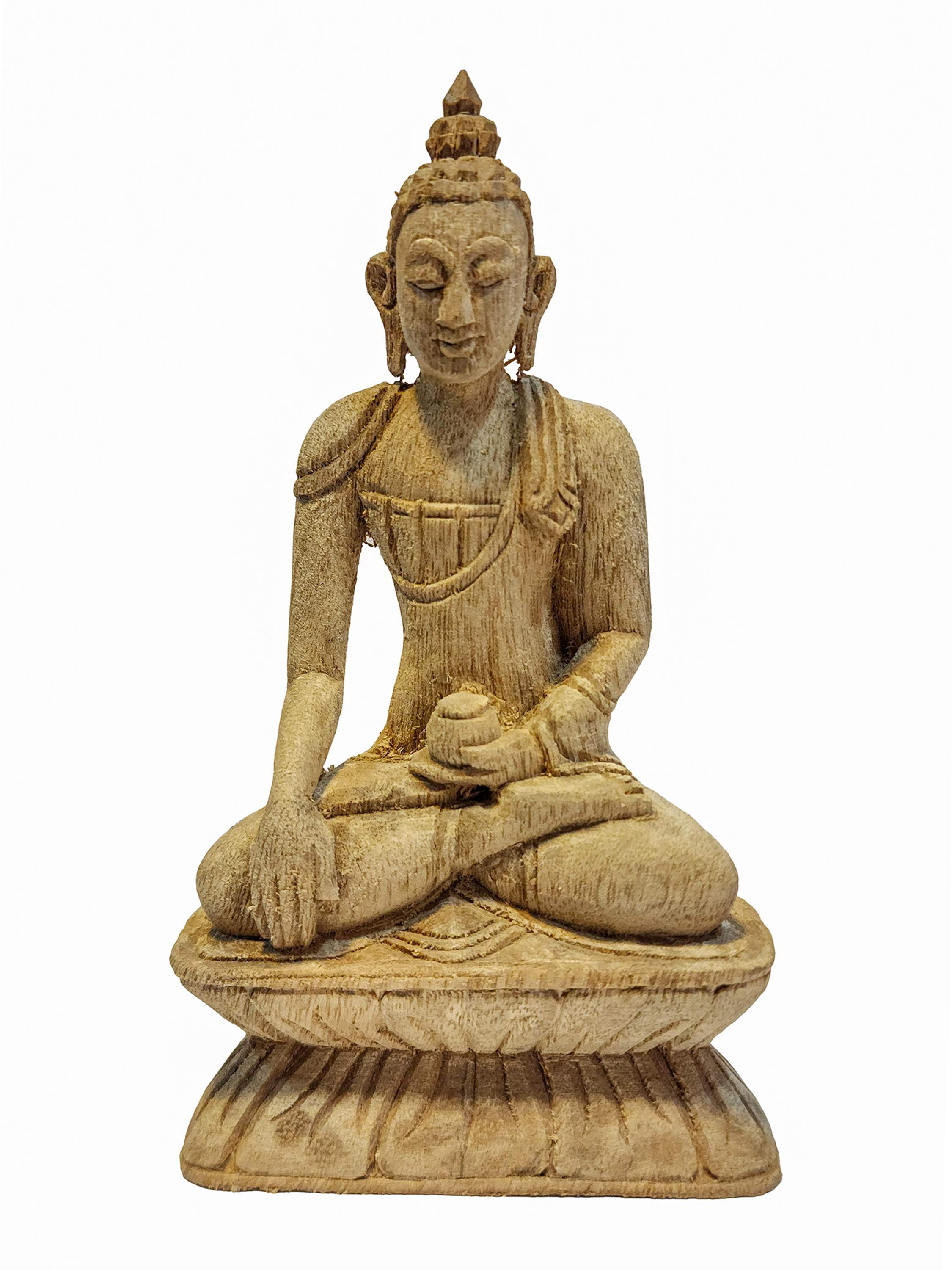 of Shakyamuni Buddha,
of Shakyamuni Buddha, 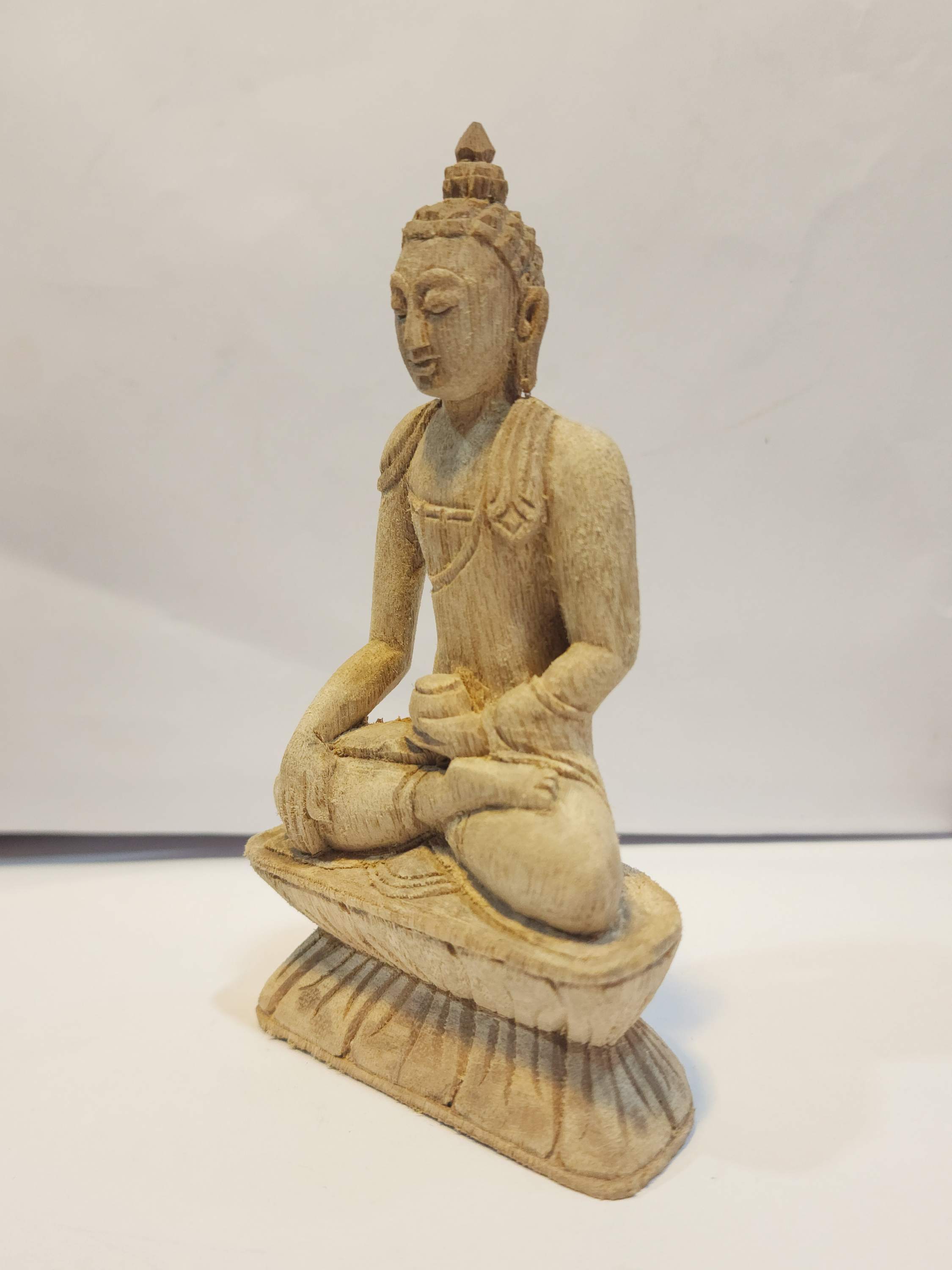 of Shakyamuni Buddha,
of Shakyamuni Buddha, 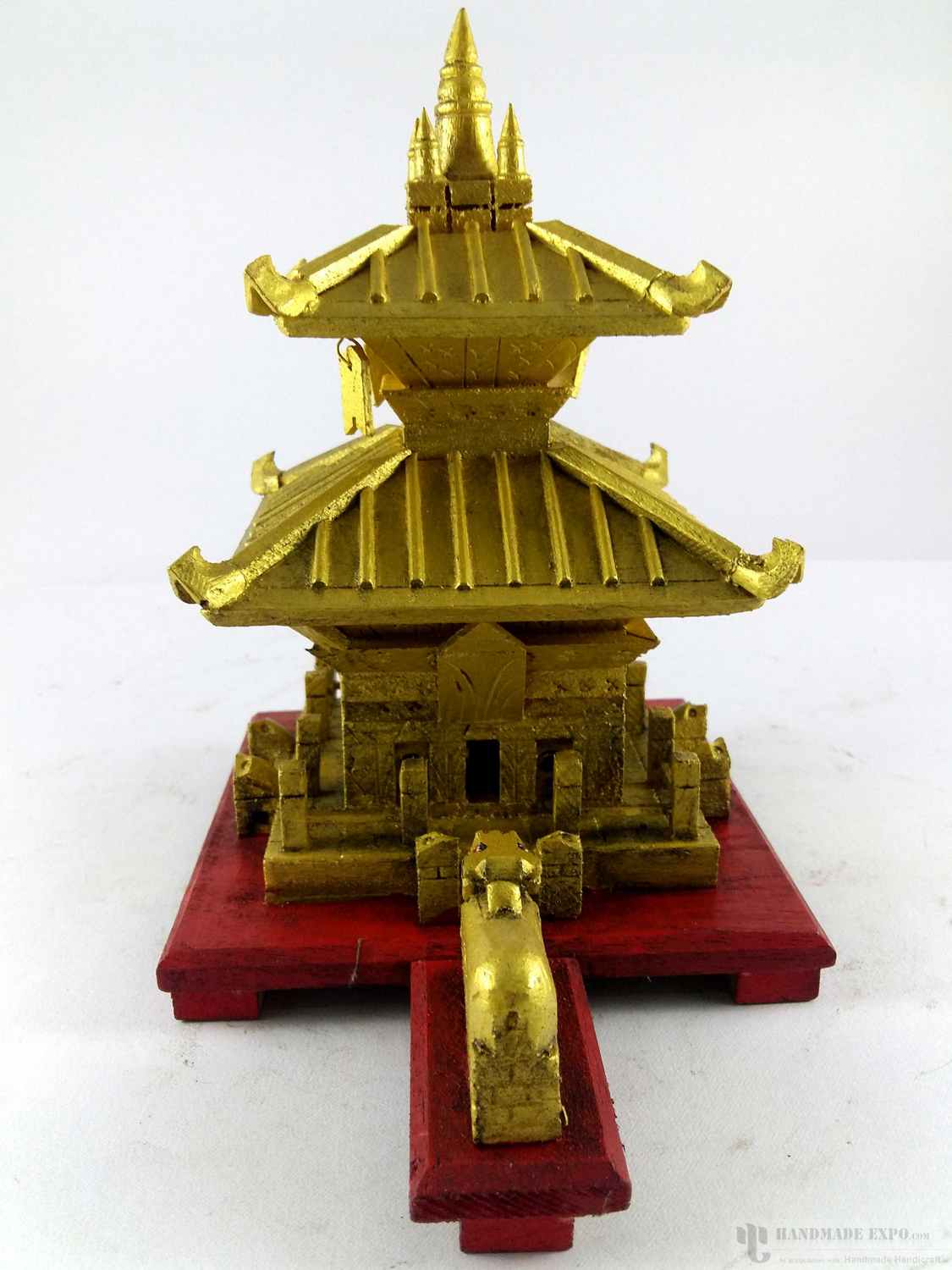
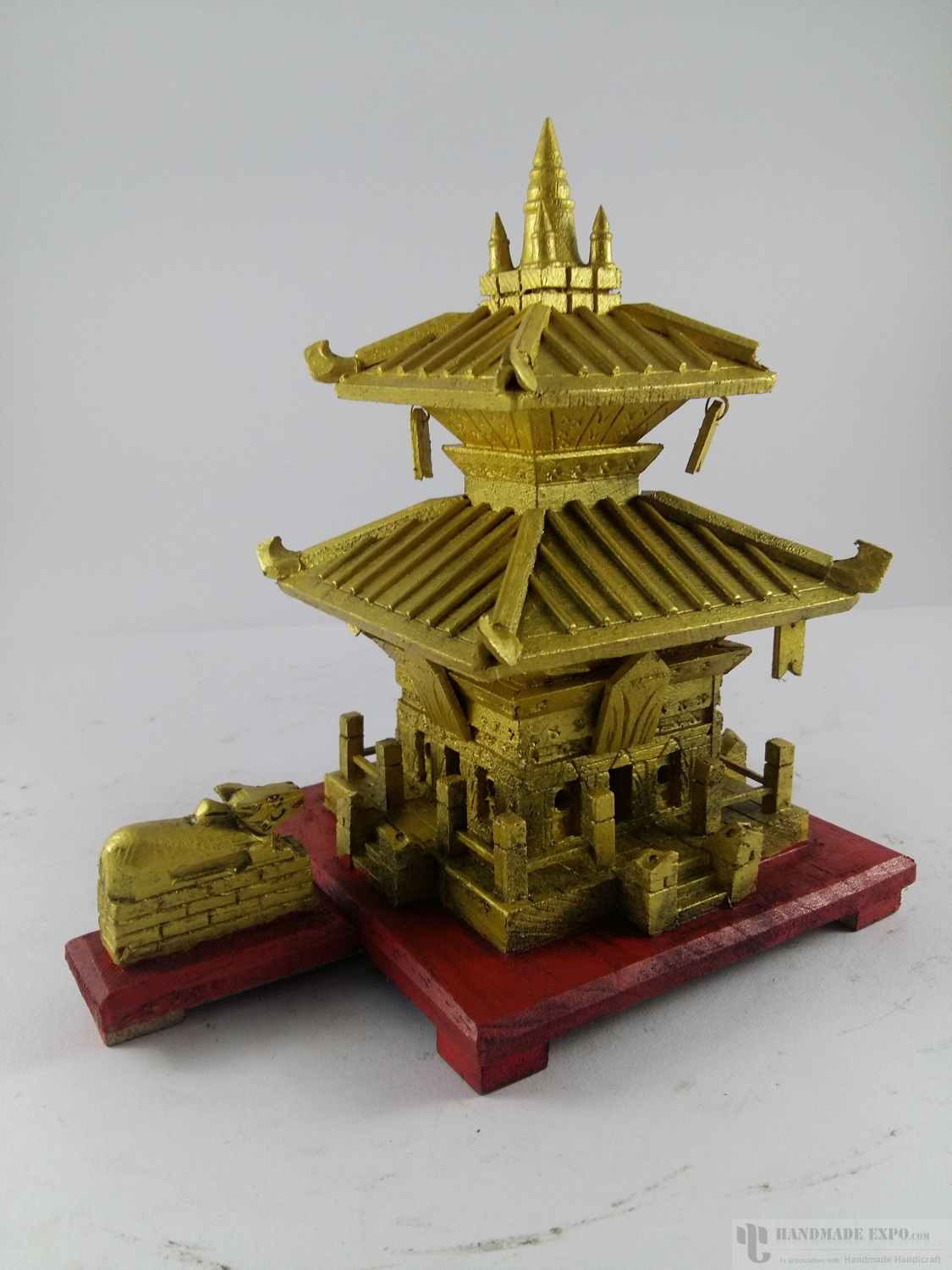
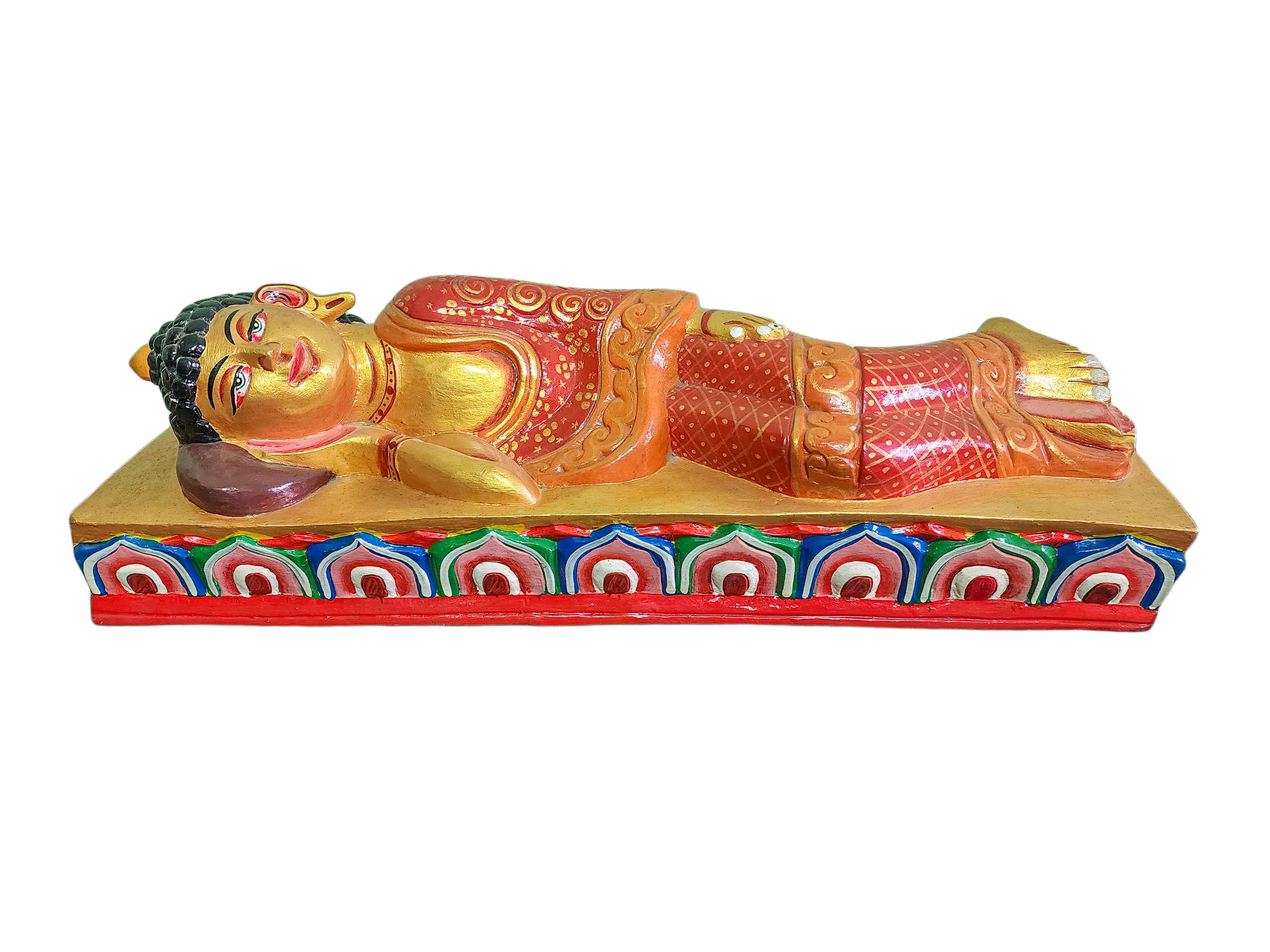 Sleeping Buddha, Handmade Wooden Statue,
Sleeping Buddha, Handmade Wooden Statue, 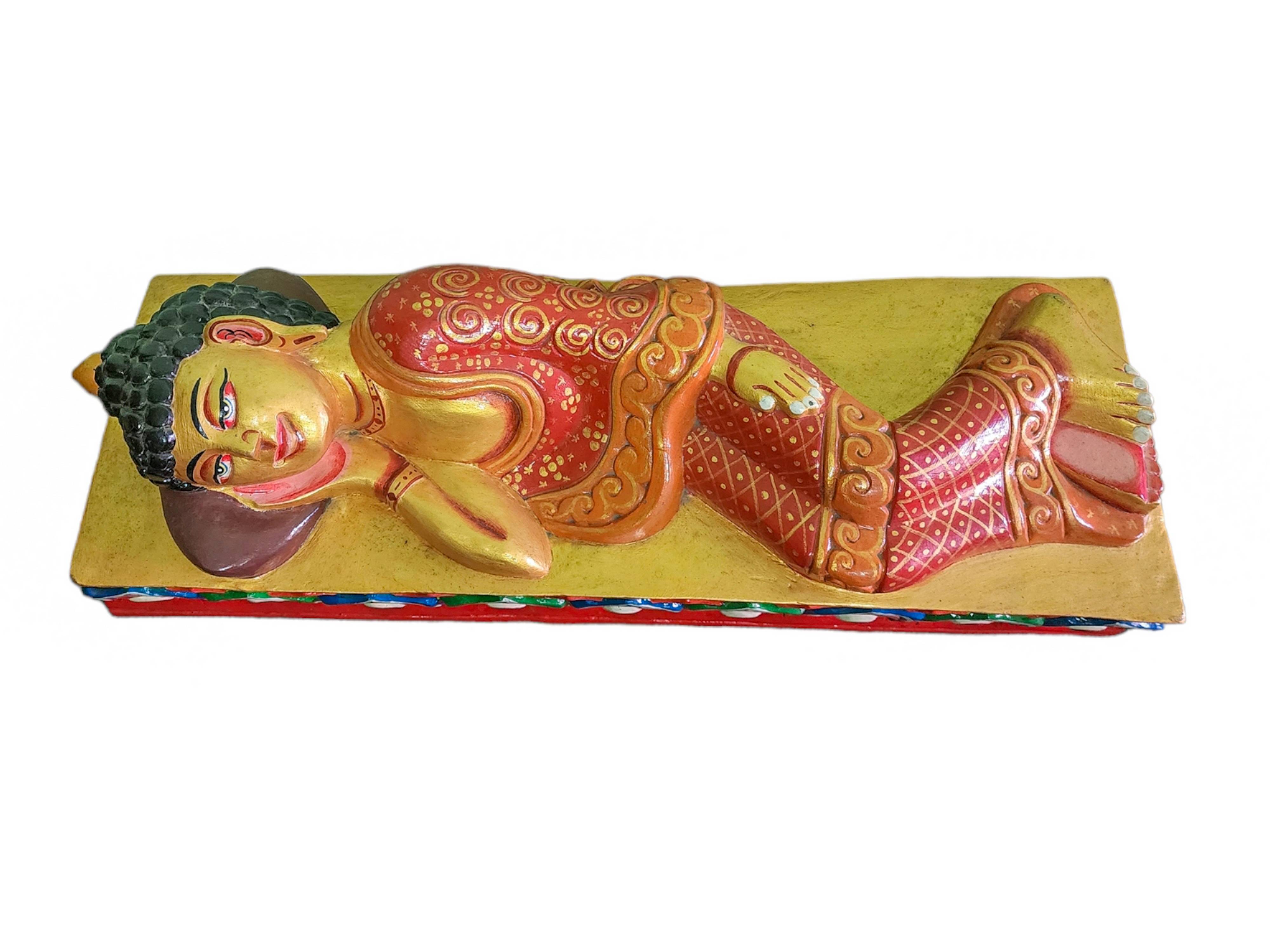 Sleeping Buddha, Handmade Wooden Statue,
Sleeping Buddha, Handmade Wooden Statue, 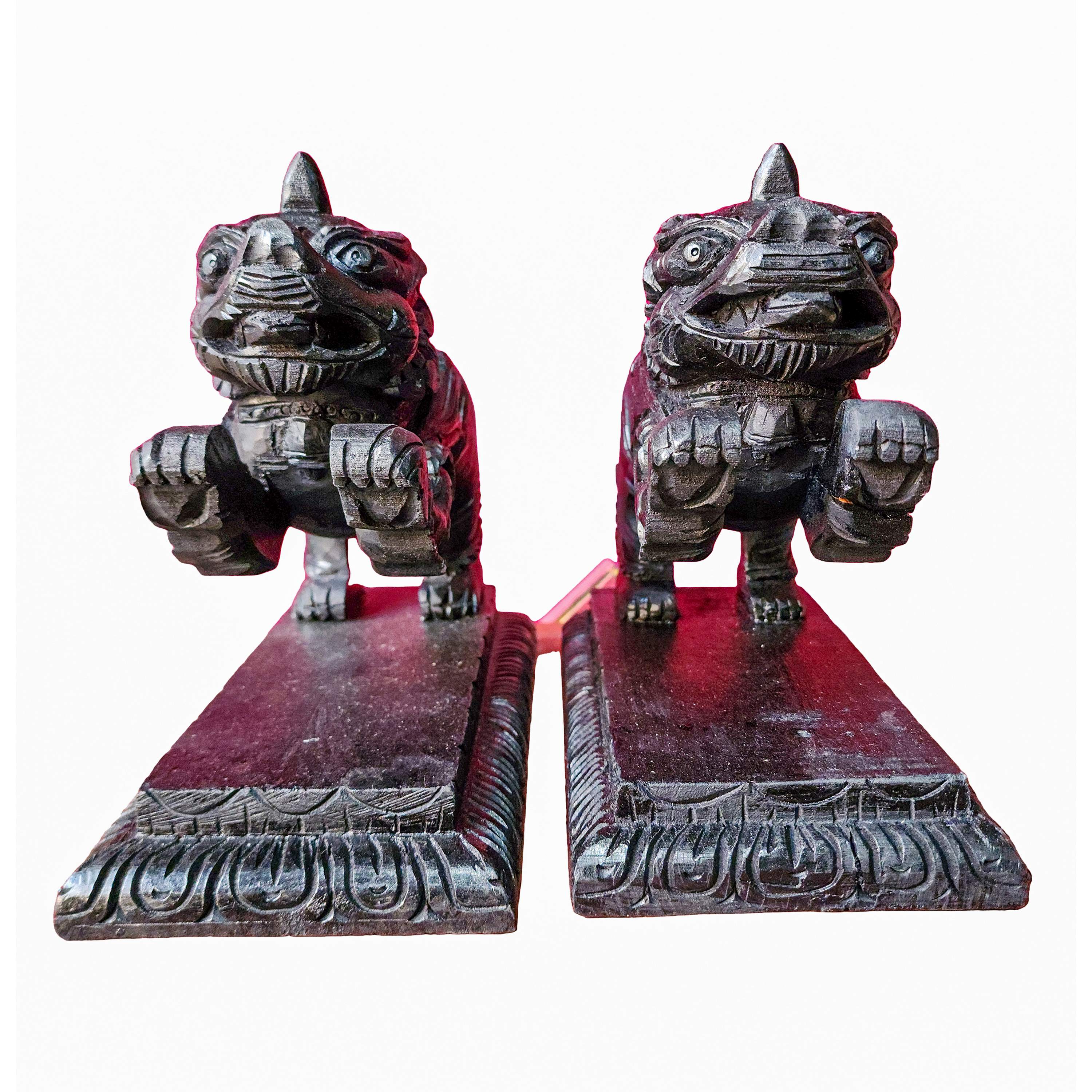 of Temple Lion,
of Temple Lion, 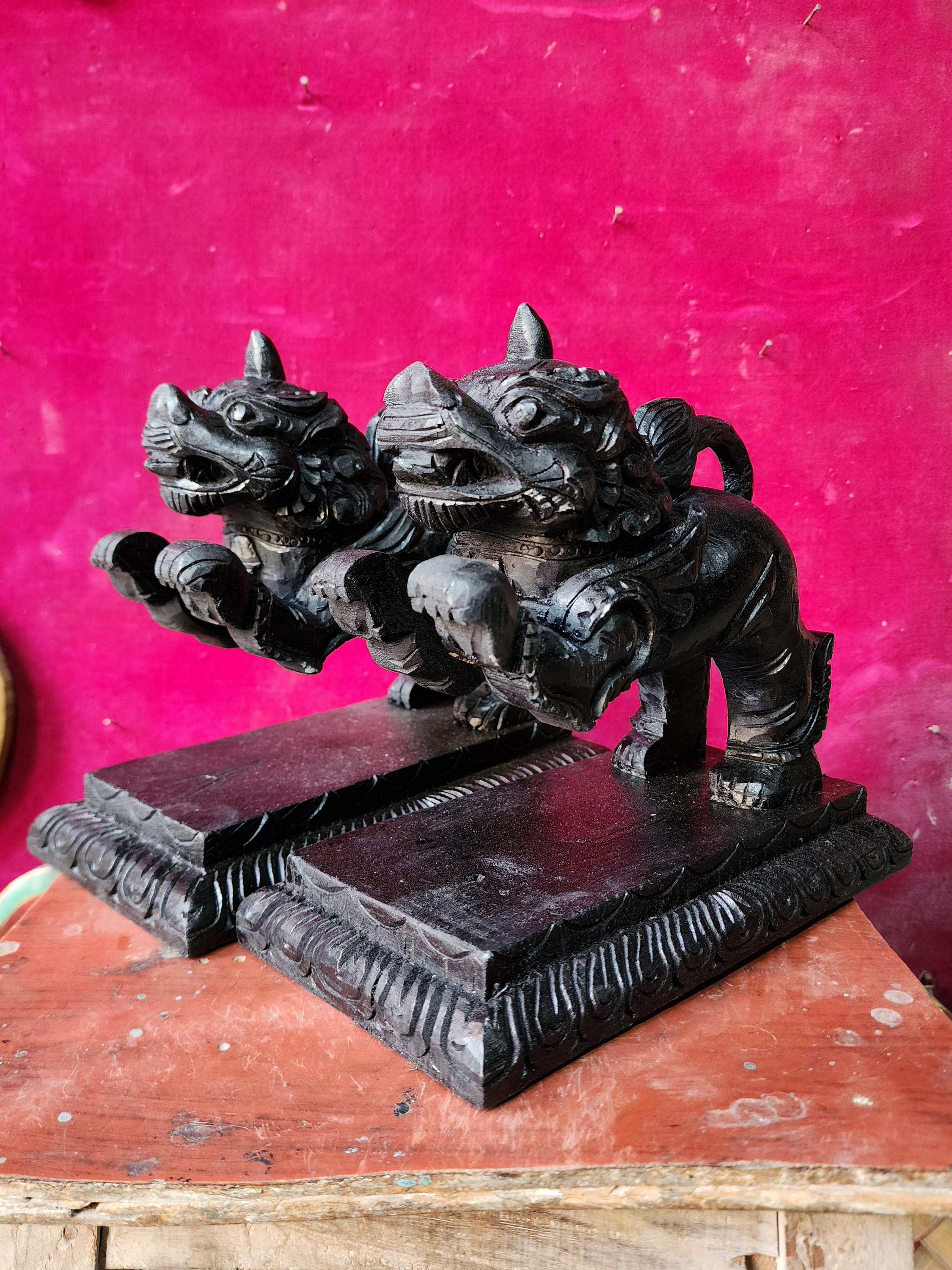 of Temple Lion,
of Temple Lion, 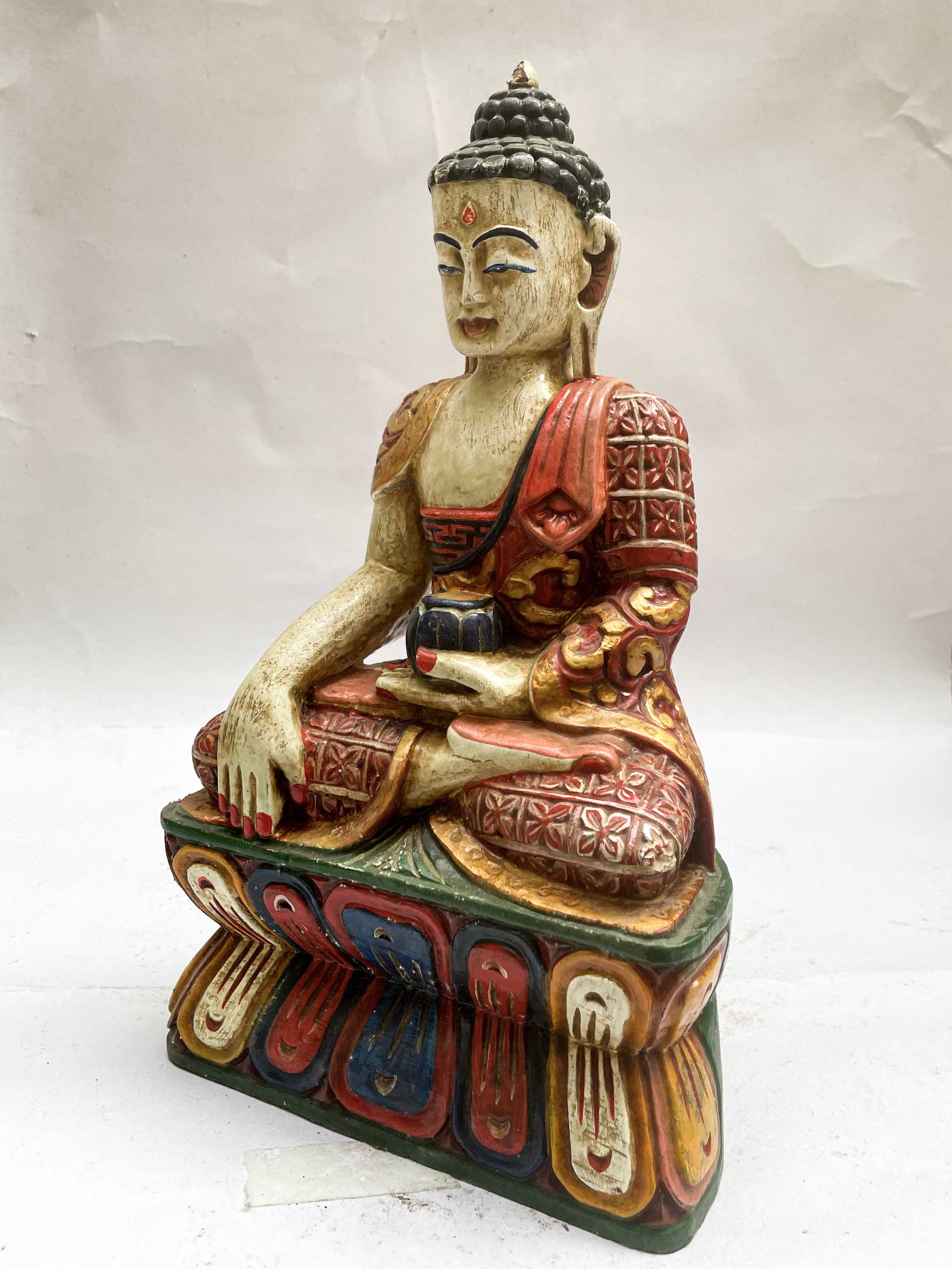 of Shakyamuni Buddha In White Color,
of Shakyamuni Buddha In White Color, 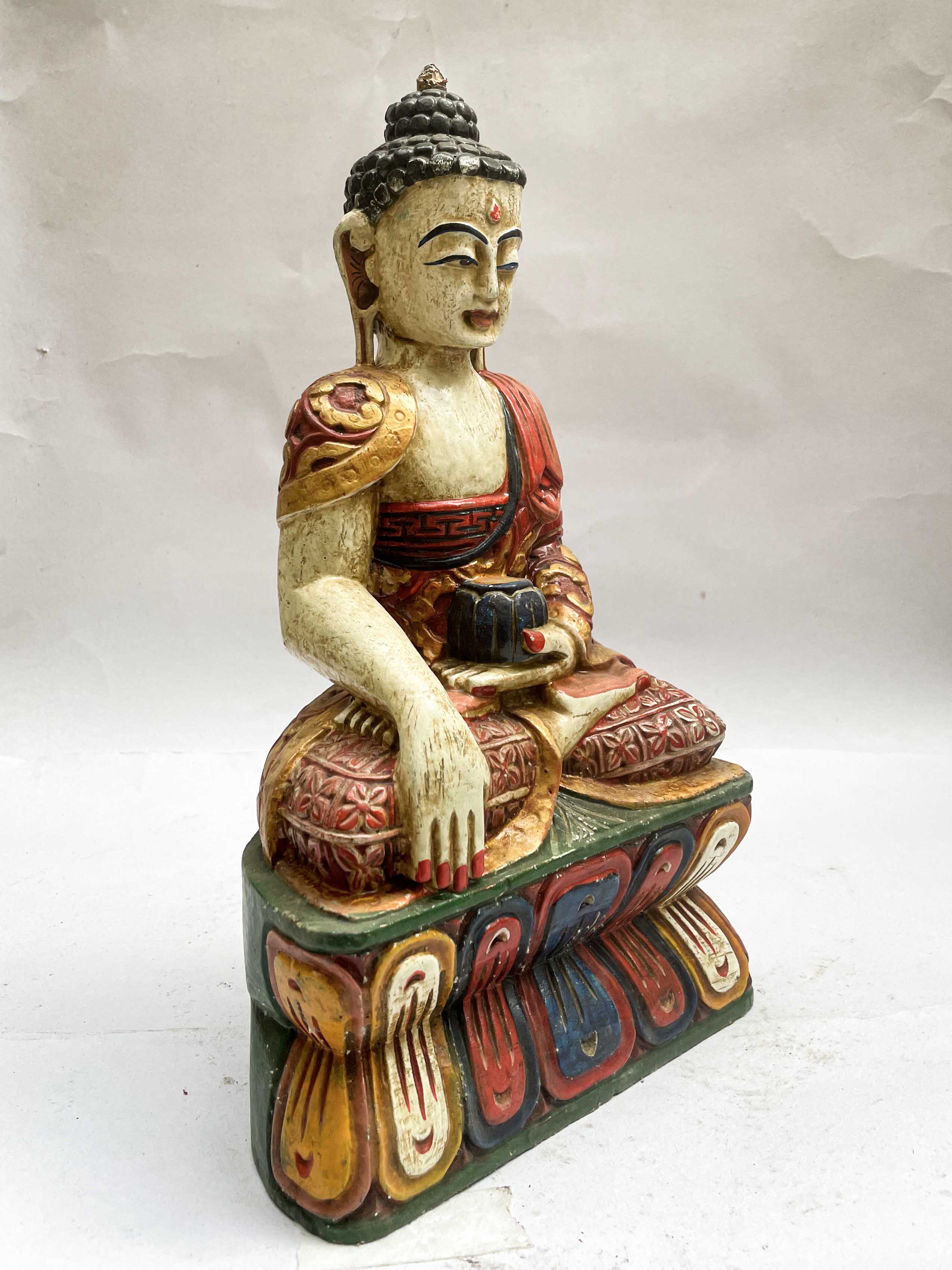 of Shakyamuni Buddha In White Color,
of Shakyamuni Buddha In White Color, 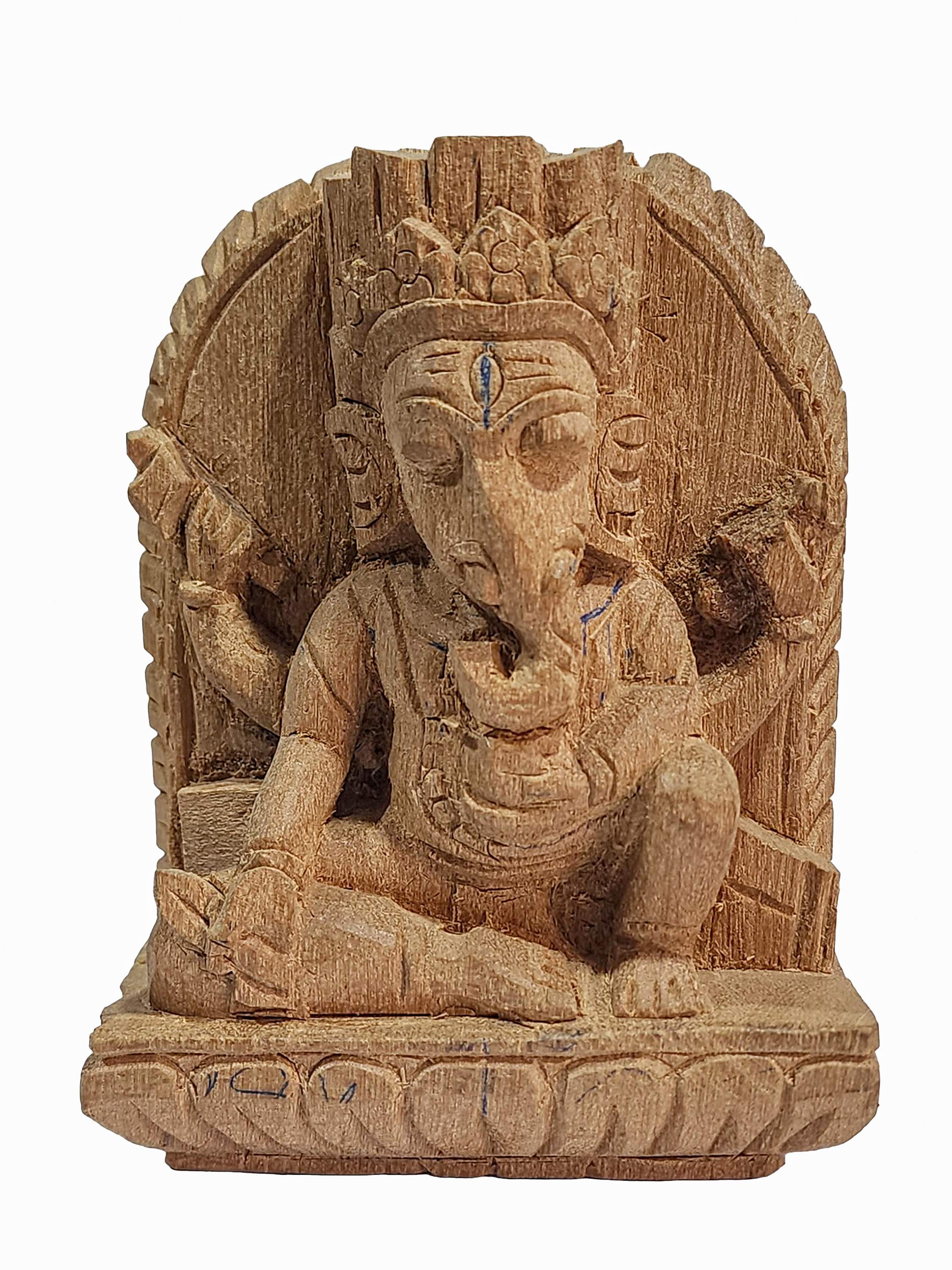 of Ganesh" title="Buddhist Handmade Wooden Statue
of Ganesh" title="Buddhist Handmade Wooden Statue 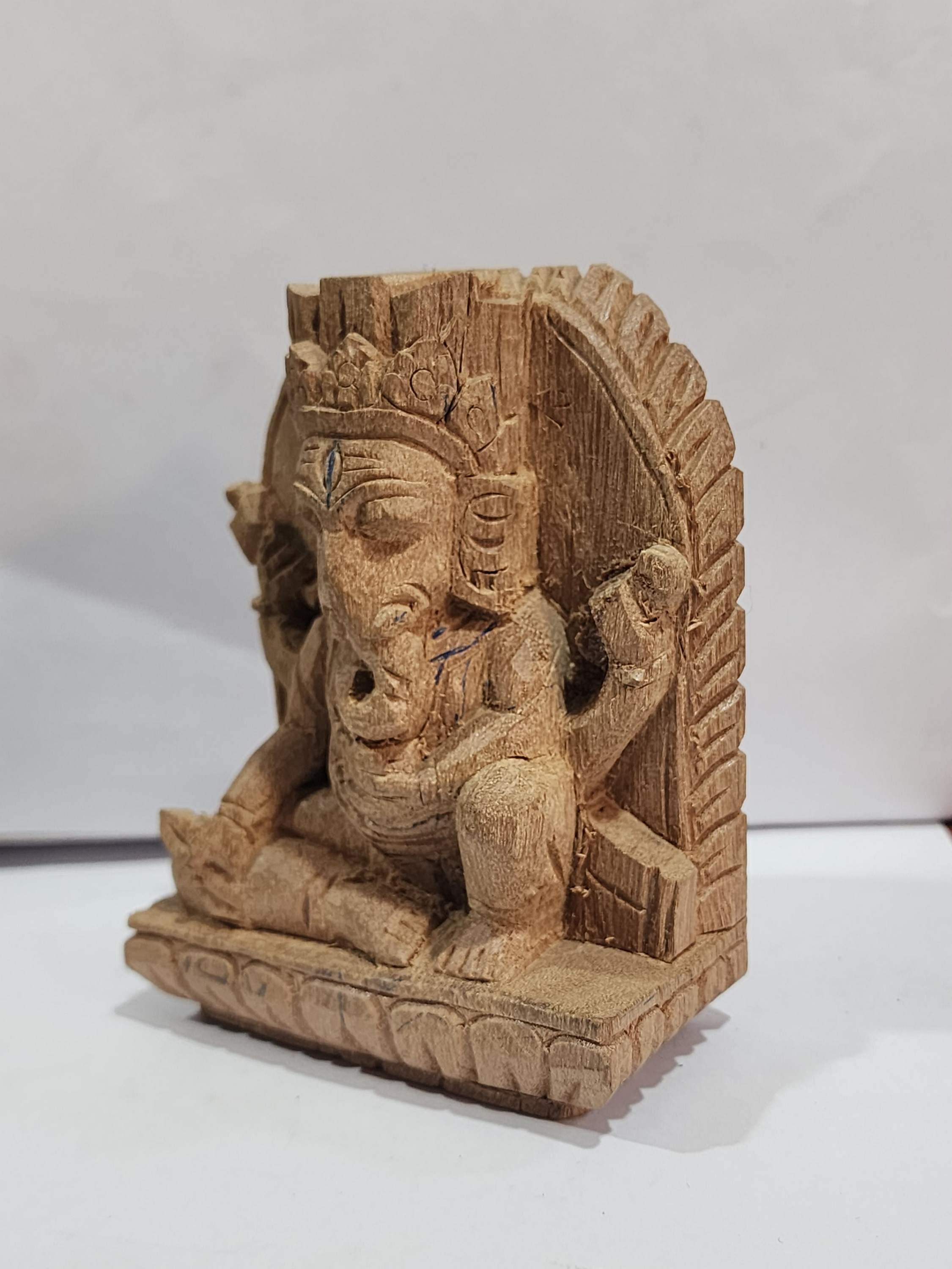 of Ganesh" title="Buddhist Handmade Wooden Statue
of Ganesh" title="Buddhist Handmade Wooden Statue 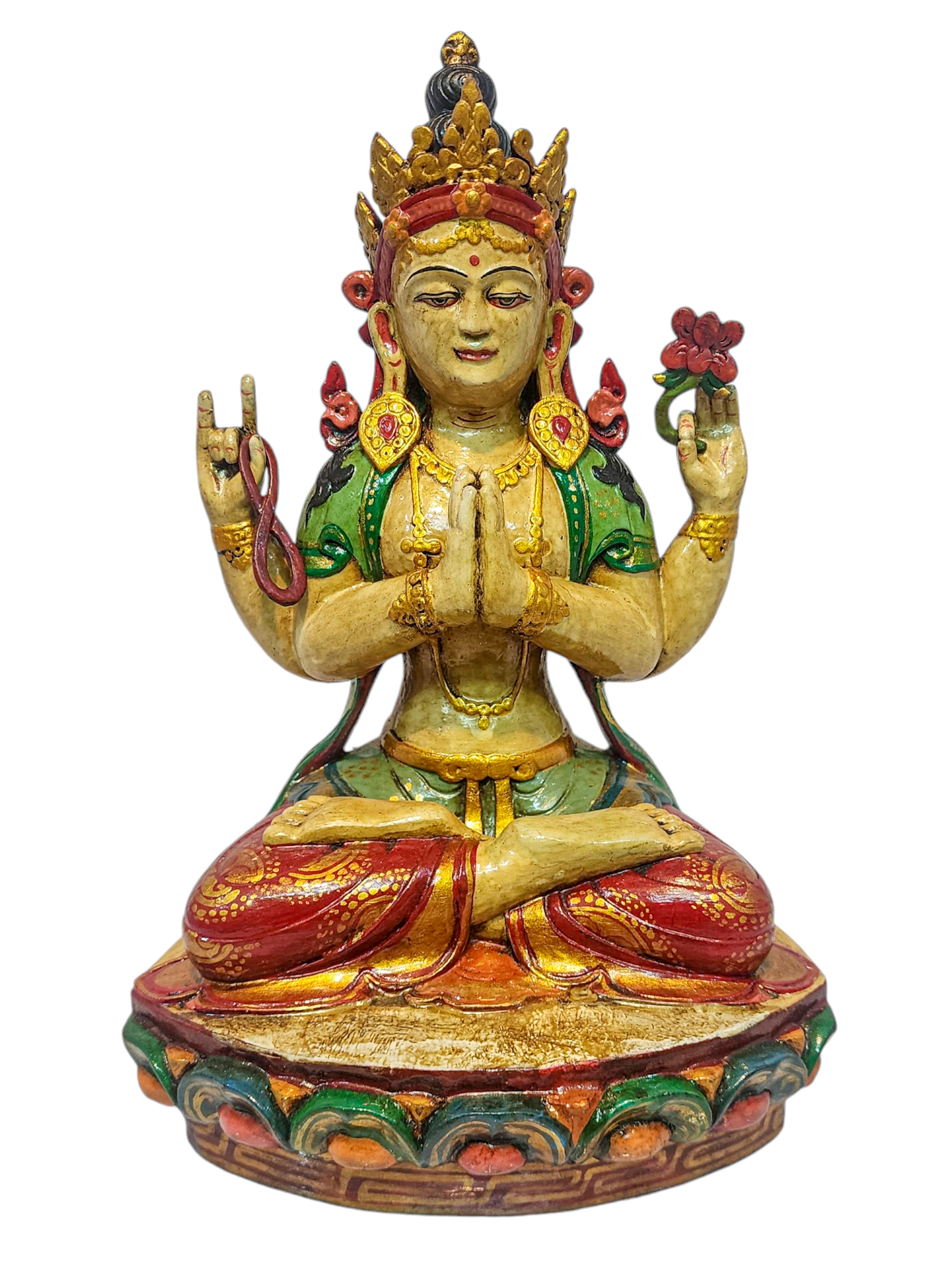 Chenrezig, Buddhist Handmade Wooden Statue, Natural Colour Finishing" title="
Chenrezig, Buddhist Handmade Wooden Statue, Natural Colour Finishing" title="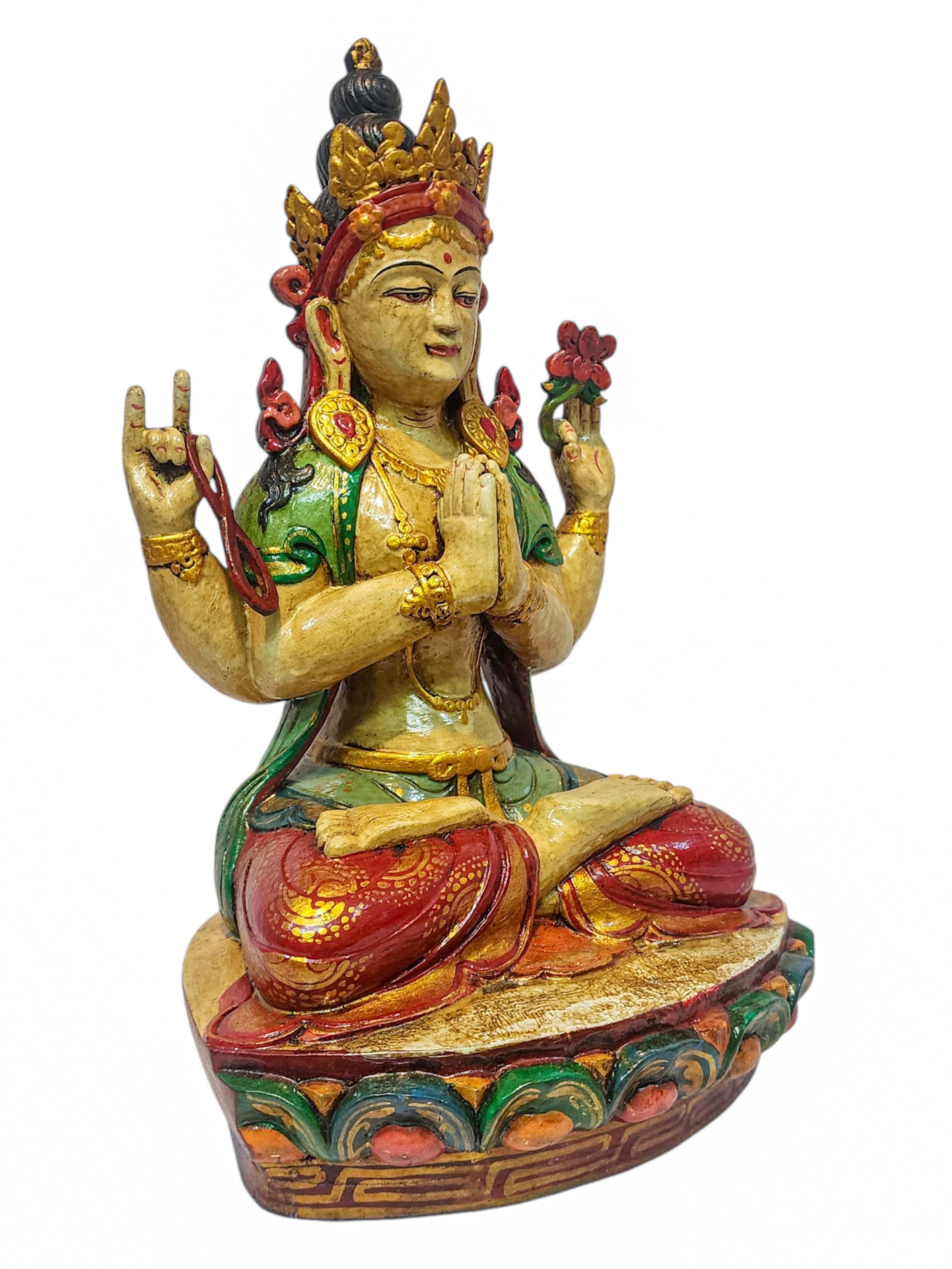 Chenrezig, Buddhist Handmade Wooden Statue, Natural Colour Finishing" title="
Chenrezig, Buddhist Handmade Wooden Statue, Natural Colour Finishing" title="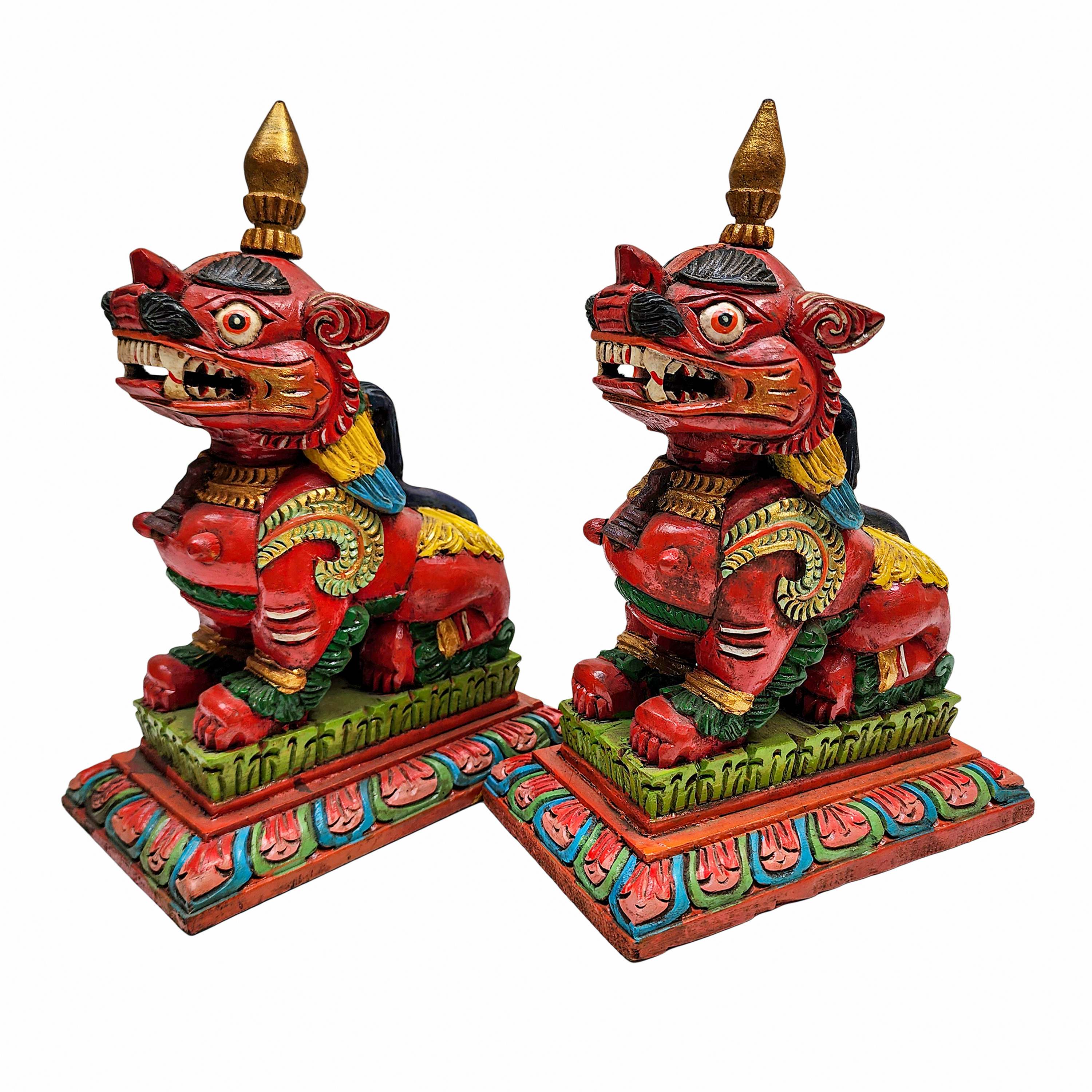 Painted, Wooden" title="Temple Lion Set
Painted, Wooden" title="Temple Lion Set 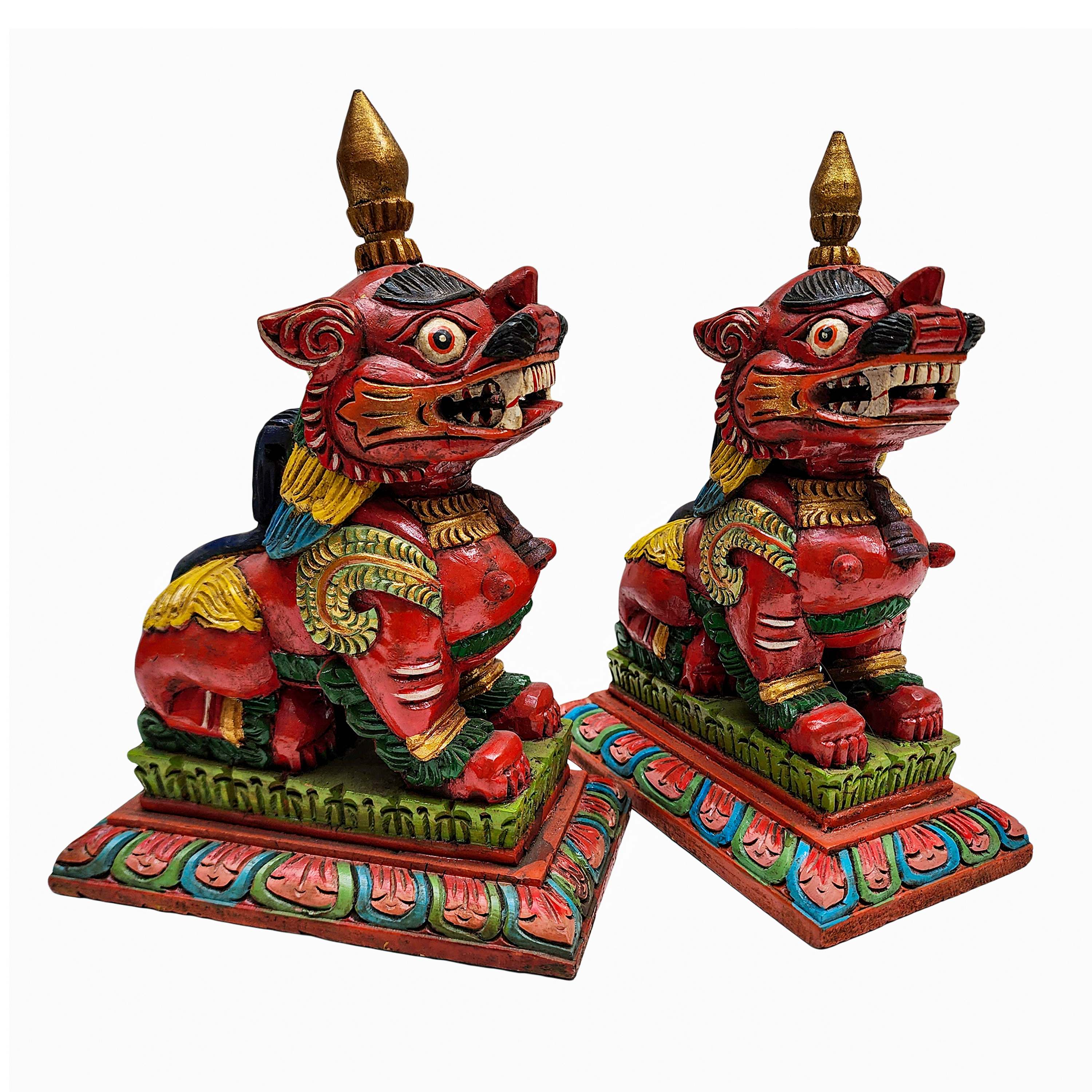 Painted, Wooden" title="Temple Lion Set
Painted, Wooden" title="Temple Lion Set 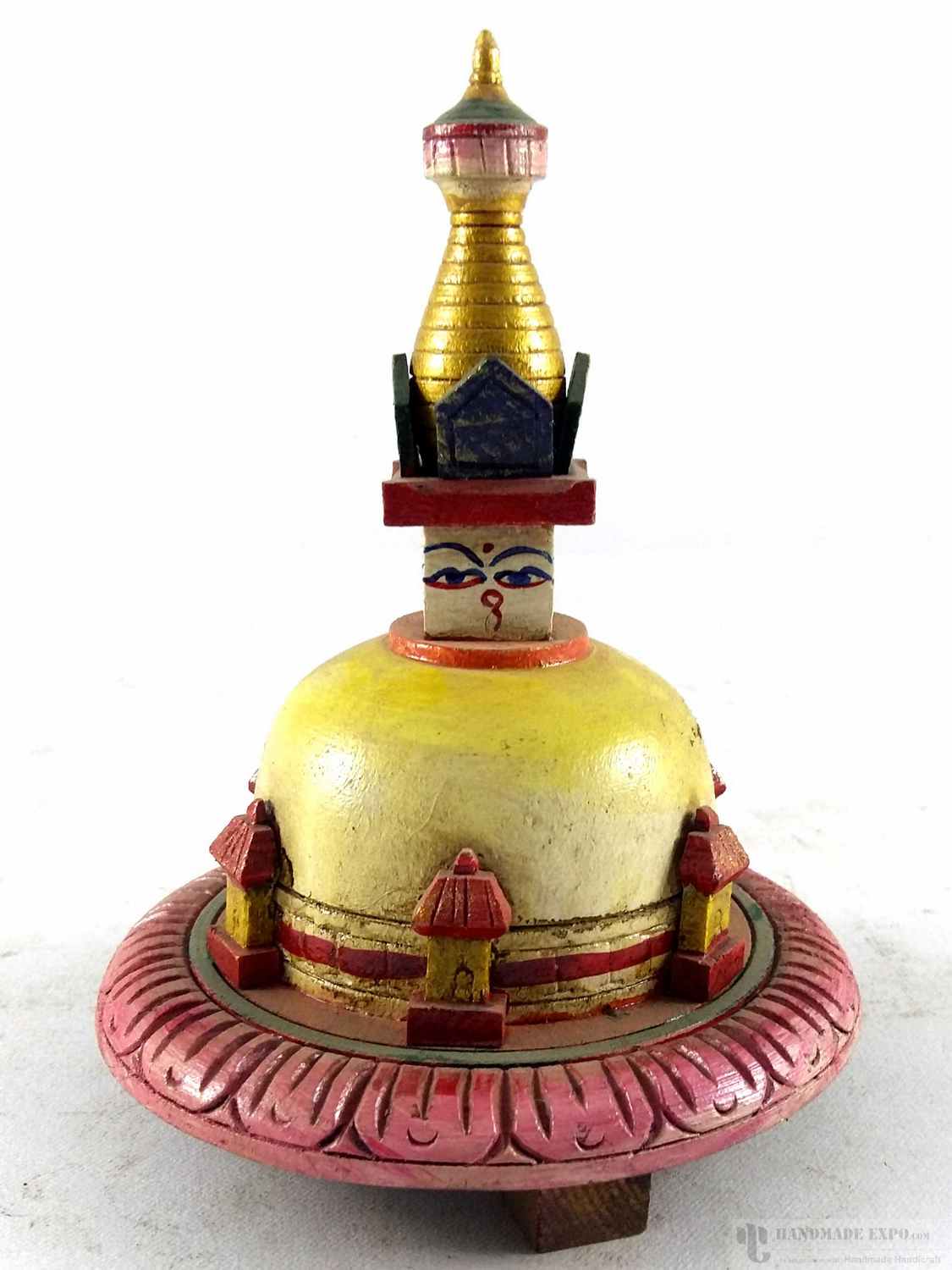 Small Swayambhunath Stupa Replica, Haldu Wood" title="Wooden
Small Swayambhunath Stupa Replica, Haldu Wood" title="Wooden 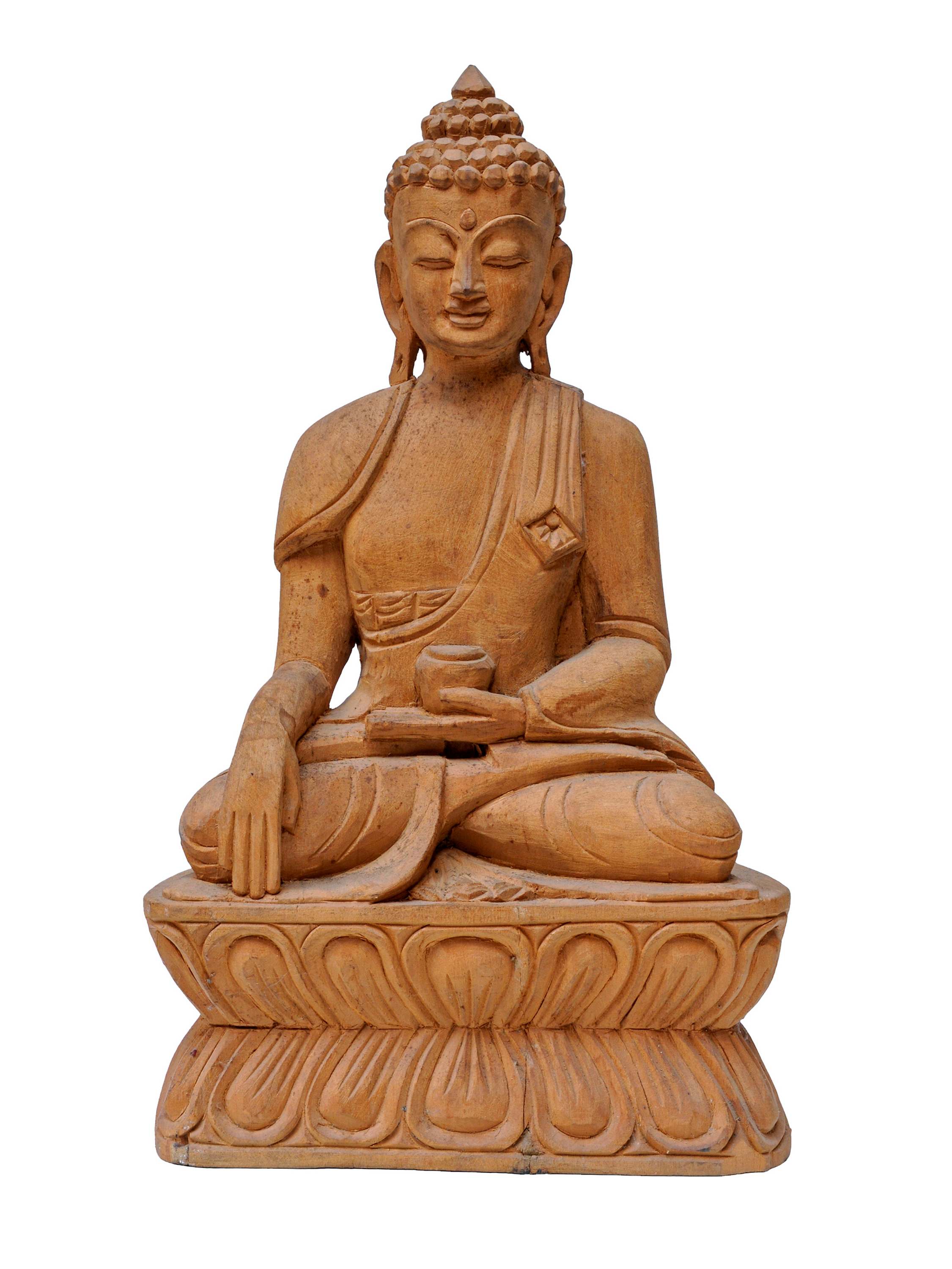 Normal Natural Wood" title="Buddhist Handmade Wooden Shakyamuni Buddha,
Normal Natural Wood" title="Buddhist Handmade Wooden Shakyamuni Buddha, 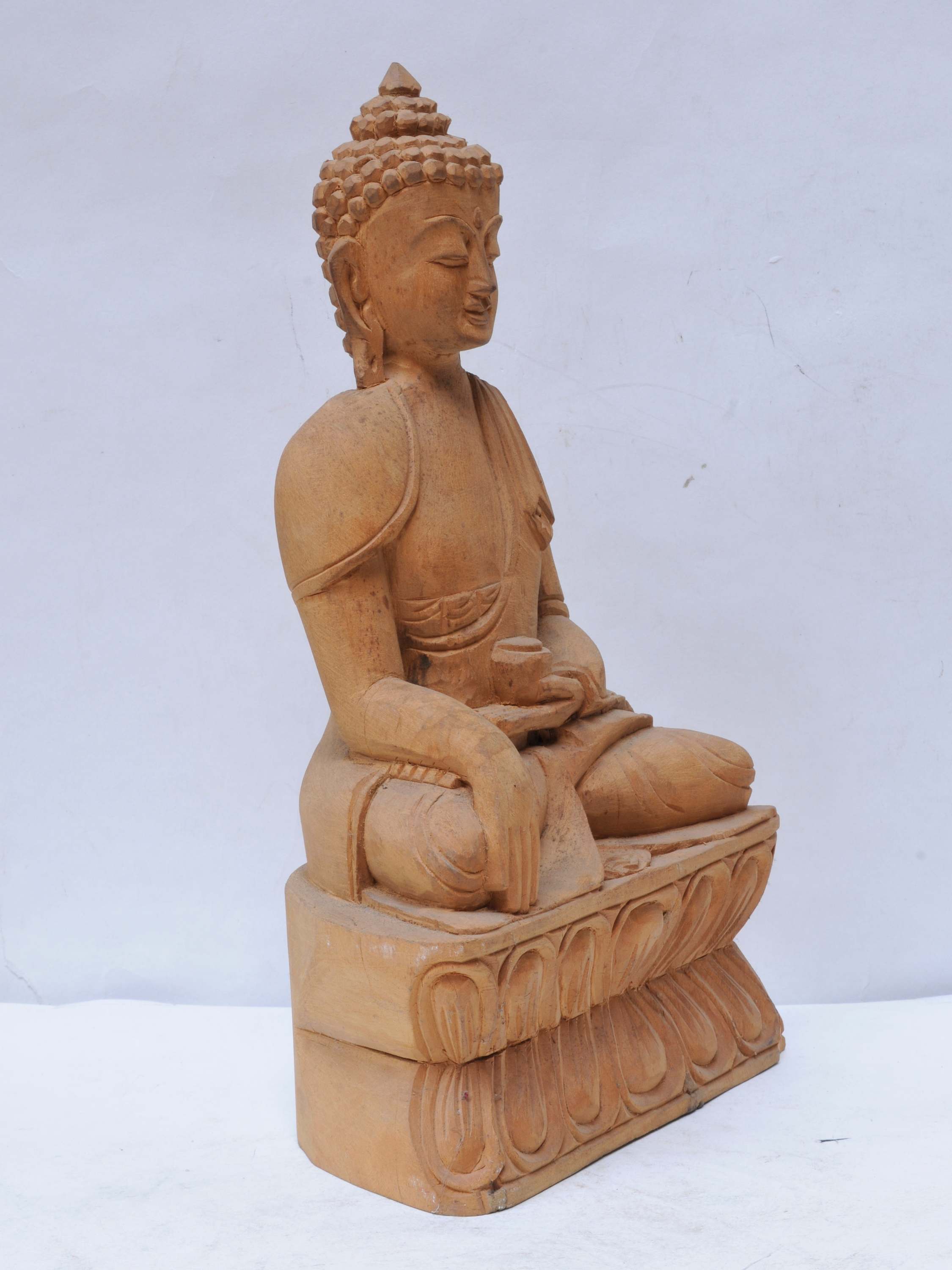 Normal Natural Wood" title="Buddhist Handmade Wooden Shakyamuni Buddha,
Normal Natural Wood" title="Buddhist Handmade Wooden Shakyamuni Buddha,